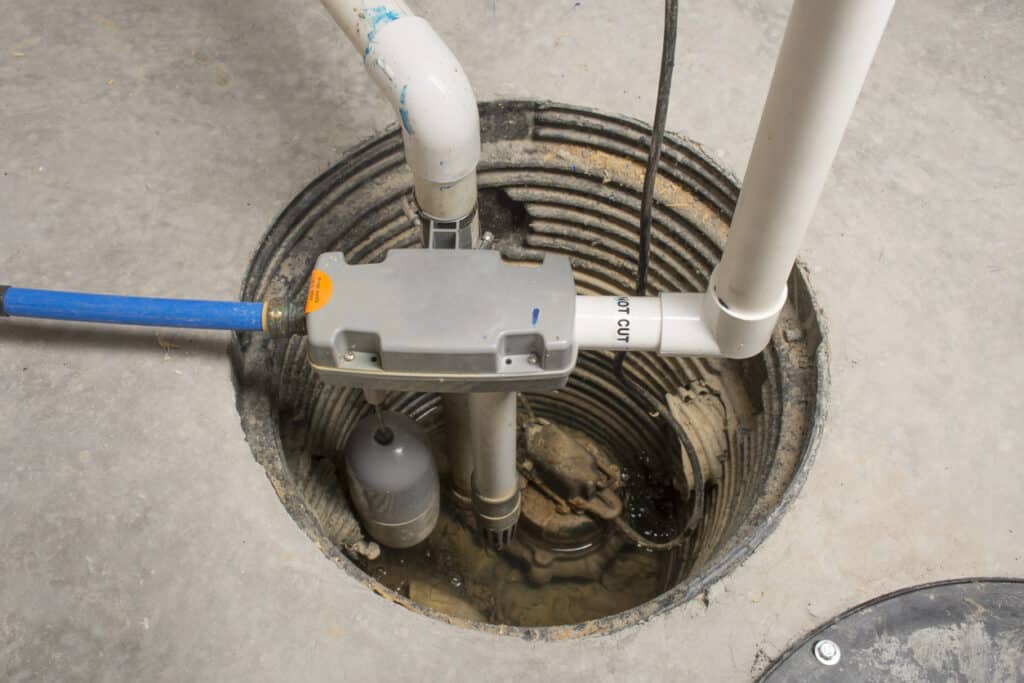In areas with a lot of precipitation and an elevated risk of flooding, modern homes are often built with sump pumps. If you have a sump pump, or if you’re thinking about putting one in, it’s important to know how these appliances work. Understanding the science behind how sump pumps keep basements and crawl spaces dry could help you identify the signs of developing issues.
What Is a Sump Pump?
Installed in basements, sump pumps are appliances that prevent low-lying areas from flooding by capturing incoming water in small pits. When water levels in these pits rise too high, sump pumps activate and force this water out. They deposit floodwaters outside and away from homes in drainage fields. Not only does this protect basements and crawl spaces, but it also safeguards building foundations.
How Sump Pumps Help Homeowners
In flood-prone areas, sump pumps play a major role in protecting property values. After all, perpetually wet foundations tend to crack and shift. By keeping low-lying areas dry, sump pumps also prevent problems with excess humidity, mold and mildew.
If you have a wet basement but don’t have a sump pump, the excess moisture in this area will eventually find its way into your living space. Basement moisture can make your entire home feel muggy and hot. It can also lead to problems like wet, condensation-covered windows, flooring and drywall. Installing a sump pump is a great way to avoid warped flooring, subfloors and furnishings while limiting the demand on your HVAC system.
How Plumbers Install Sump Pumps
Sump pumps are often installed in shallow sump pits or on small, pedestal-like stands in basement corners. Whether your sump pump is submerged or elevated depends on the layout of your basement and the level of flooding your home experiences.
What Activates a Sump Pump?
Rising water levels trigger sump pumps to act. These appliances have either pressure sensors or float activator arms to detect changes in water levels. When water enters a sump pump pit, it places more pressure on a pressure sensor than air would.
Though they serve the same purpose, float activator arms look and function quite differently. These components are not unlike the buoyant float balls in toilet tanks. As water levels in sump pump pits rise, float activator arms rise as well. Once they surpass an established mark, sump pumps start sending water from their pits to drainage fields.
Most Sump Pumps Use Centrifugal Pumps
Many residential sump pumps have centrifugal pumps with impellers. When activated, these impellers rotate or spin. The resulting centrifugal force pushes excess water toward central drainage pipes.
The circular motion created by this force pulls water to the sides of pipes while creating areas of low pressure just at pipe centers. Water at the interior of pits is pushed into these voids. The continued spinning of impeller blades routes water to outside drainage areas. This continues until the water levels in pits decrease and sump pumps cycle down.
A functional sump pump could save you thousands of dollars in water damage while helping you maintain a healthy, comfortable home. To find out more about sump pumps or schedule a sump pump installation in Bethel Park, PA, contact G. I. Plumbing today.
